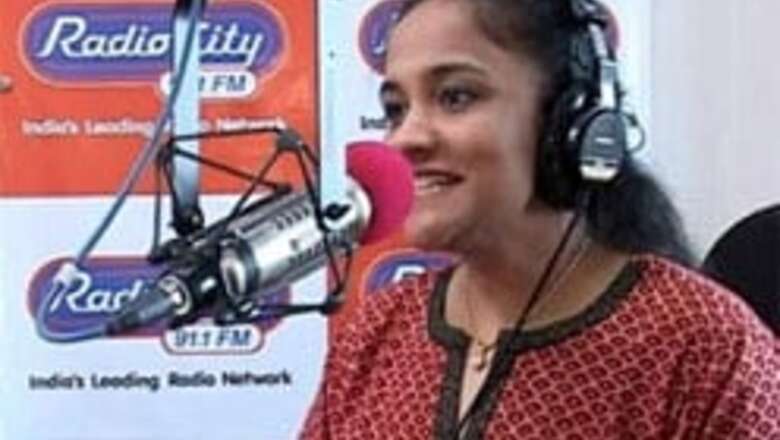
views
Harry Potter author JK Rowling has had a well-documented aversion to technology, particularly computers. Her wizarding world too does most things by ‘magic’ than technology. So, when reading the last Potter book Harry Potter and the Deathly Hallows , I was rather surprised to find a sequence involving a radio-show in the story…
I had heard stories from my late thamma (paternal grandmother in Bangla) on how, during our fight for Independence, she and her friends would often tune in to certain frequencies to hear speeches and messages the freedom fighters wanted to convey to the people. She narrated how the broadcasters were always under threat of being busted…
Years later, when staying in Mhow, Madhya Pradesh with my parents — we did not have a TV then — I remember watching the faces of my shocked parents as we all ‘heard’ the news of Mrs Indira Gandhi being gunned down. Some time from then, I tuned in to my first ‘song request’ programme, Cibaca Geetmala, in the baritones of the venerable Amin Sayani.
Somewhere between studying, Mandal Commission, Babri Masjid, MTV, Beverly Hills 90210 and board exams, the radio was lost. To me, to a lot of other Indians, radio had lost its charm, except for the loyalists who stuck to rather boring programmes on All India Radio.
Twenty years since then, the other day, my illiterate, without-TV maid walked in and declared how she will never work in Noida. Why, I asked and was informed, "Nitin ne bola, Nithari safe nahi hai.” (Nitin said Nithari is not safe).
‘Nitin’ for those new to radio-names, is the Sayani for the 21st century Indian radio-listeners. Thanks to some of the country’s biggest traditional media players deciding to show interest in the airwaves, Nitin is a product of a long-awaited radio revival in the country. However, initially that revival was restricted to commercial demands… with tweaks to suit the needs of the times.
If remixes, Bollywood and Indi-pop were the chosen songs of the day, traffic updates, sale announcements and local city news also started becoming popular. As advertisers vied for time slots and RJs wracked their brains to entice listeners; the government was being requested to non-commercialise radio, or at least encourage smaller players.
The idea being talked about was what Rowling mentions in Deathly Hallows: CR or Community Radio; radio by the people, for the people in local dialects, with programmes that are relevant to a small community or group.
Much promises and procrastination later, 2006 saw the relaxation of some rules with the Telecom Regulatory Authority of India (TRAI) opening up radio broadcasting by allowing registered NGOs to get a license to air radio programmes relevant to the community it serves. What does it mean? Perhaps a radio channel only for those seeking AIDS/HIV counseling, perhaps another for children’s programmes, maybe another with devotional songs… it’s just the beginning.
The voices and views of citizens are being heard as non-profit radio broadcasting is thriving in the rest of the world. Over 2,500 educational stations in the US, a 100-so community broadcasters in South Africa (became a democracy much later than us) and over a 1,000 community stations in Latin America; we have many examples to emulate, just depends on how soon we catch on.
While currently, there is an embargo on broadcasting news and current affairs programmes under the CR initiative; let’s hope that soon, citizen journalists will go beyond print or TV and will actually, be heard.




















Comments
0 comment